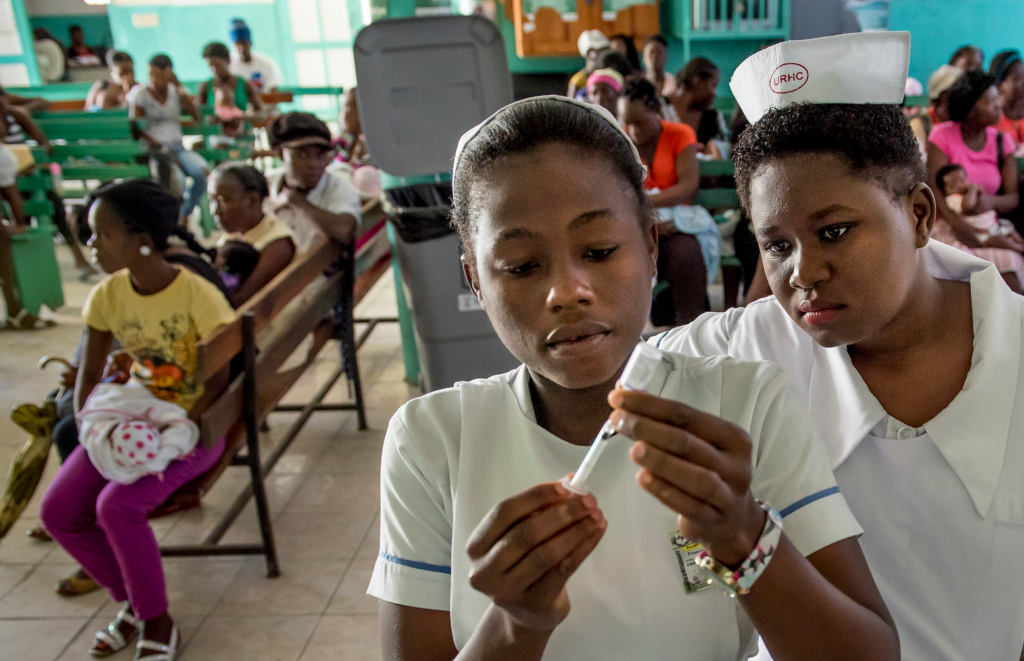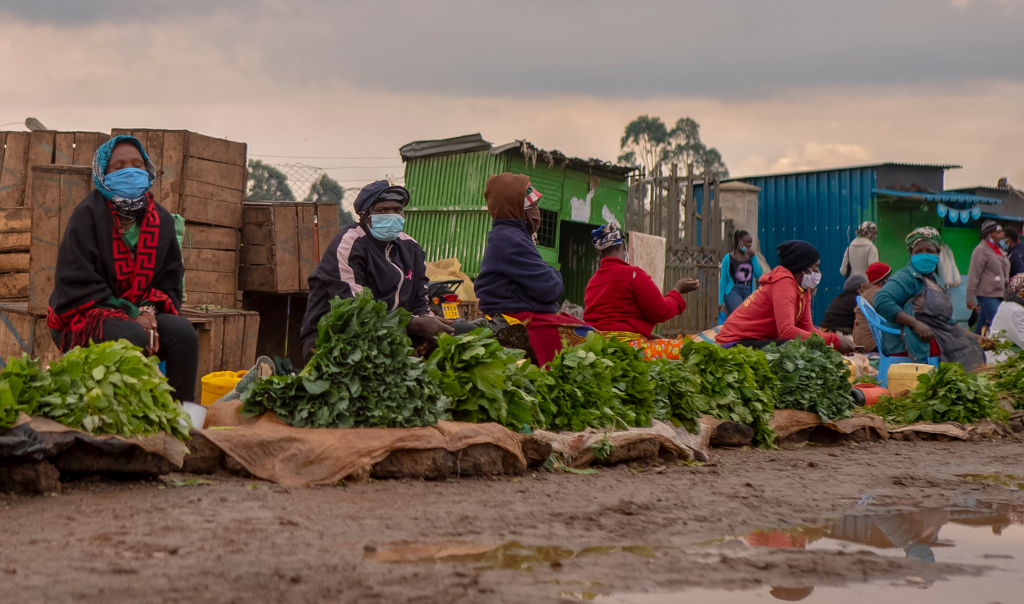Messaging and Misconceptions
The rollout of COVID-19 vaccines has also witnessed gaps in messaging and communication, fuelling myths and misconceptions leading to vaccine hesitancy. The fact that pharmaceutical companies sought and received waivers from liability arising from vaccine side effects fueled suspicion that the scientific process would be rushed and safety concerns downplayed. Vaccination hesitancy—the delay in acceptance or refusal of vaccines, despite the availability of vaccine services—is influenced by factors such as complacency, convenience, and confidence. The same factors affect family planning: service providers have to contend with myths and misconceptions about contraceptives. Dr. Chabikuli advises that science must take center stage in family planning and reproductive health messaging and communication, and practitioners must be deliberate and consistent in giving out information and countering misinformation. For example, he expounds, the frequent, almost daily, appearance of scientific authorities (such as U.S. top infectious diseases scientist, Prof. Anthony Fauci) in the media to field questions about, explain the science behind, and defend the rigor of the vaccine creation process was critical in countering COVID-19 vaccine misinformation.
Taking a Leaf from Childhood Vaccination Campaigns
Dr. Chabikuli explains that there are technical and programmatic approaches from the WHO’s Expanded Program on Immunization (EPI) that can offer insight. He acknowledges the significant differences in the beneficiary populations of EPI (children under 5 years of age) versus the COVID-19 vaccine rollout (adults) and family planning/reproductive health (primarily women of reproductive age), which may make direct comparison difficult. However, Dr. Chabikuli explains that some of EPI’s approaches can be applied to other programs:
- Microplanning (a process to ensure that services reach every community by identifying priority communities, addressing community-specific barriers, and developing workplans with solutions at the community level);
- Use of data to guide management decisions, especially forecasting for family planning commodities and preventing stockouts;
- Community engagement to support buy-in and ownership; and
- Advocacy and stakeholder management.
These EPI approaches can be adopted in areas such as Gulu, northern Uganda, where use of contraceptives faces stiff resistance. Chabikuli observes that these approaches used in childhood immunization are extraordinarily powerful; for example, WHO-sponsored polio vaccination campaigns managed to convince warring parties in the Democratic Republic of the Congo (in 1999), Afghanistan (in 2001), and Syria (in 2013), to observe cease-fires for the duration of vaccination campaigns.
The outbreak of the COVID-19 pandemic was unprecedented. It exposed significant gaps and opportunities in family planning and reproductive health programming. And now, it is clear, the rollout of the vaccines is providing equally significant lessons for family planning and reproductive health practitioners.









